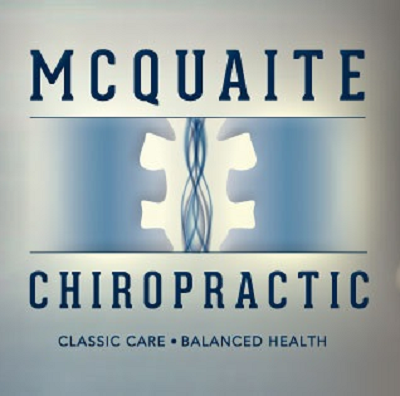If you’ve ever wondered what the difference is between a chiropractic adjustment and cracking your back, you’re not alone. After all, many people feel better after getting a friend to help “crack their back.”
So how does it differ from a chiropractic adjustment?
 Of course, you know they’re not the same thing. One is done by a licensed chiropractor with years of medical training while the other isn’t. Sure, they can both feel good, but one offers proven health benefits and the other doesn’t.
Of course, you know they’re not the same thing. One is done by a licensed chiropractor with years of medical training while the other isn’t. Sure, they can both feel good, but one offers proven health benefits and the other doesn’t.
I’ll explain more in a minute, but first, let’s address the “cracking” sound that sometimes happens when you crack your back.
What’s with the Back Cracking Sound?
People get a little excited about the “cracking” sound that can happen during a chiropractic adjustment. Some love it while others are afraid.
In reality, it’s not what you think at all. That popping sound is the sound of gas escaping your joint when it’s adjusted. That’s all.
It’s not your bones.
It’s your joints. Actually, that’s not quite it either. It’s the gas between your joints.
Here’s what I mean, as you know your joints are moveable. Your shoulders, knees, vertebrae, and so on are meant to have flexibility and they work kind of like a ball and socket. However, it’s typical for them to shift out of place. It’s nothing you’d notice by looking at you, but even a fraction of a millimeter off can cause you pain.
As a chiropractor, we want to keep your joints functioning well because that helps you maintain a good range of motion and stay mobile.
A chiropractic adjustment is a specific approach to a specific joint to restore mobility to that joint and help you feel better.
Sometimes it results in that “cracking” sound when the gas escapes.
The Difference Between an Adjustment and Cracking Your Back
When your joints are well functioning, your body has good mobility. You have a good range of motion in your neck and shoulders, meaning you can move them without feeling restricted.
The role of the chiropractor is to keep your joints and vertebrae mobile and in good working order.
Imagine that you have a stiff back. You bend, stretch, and hear that “popping” sound. Aah… you think. It feels better.
It can feel better. For a little while. When you hear the cracking sound, it does release endorphins.
But a little while later you feel stiff again, in fact, it gets tougher and tougher for you to find long-lasting relief.
See, the body is a funny thing. Those stiff vertebrae haven’t loosened. Instead, the vertebrae above and below the stiff vertebrae are usually overcompensating for the stiffness in the middle. They become more mobile and are easier to “crack” while the stiff ones stay put.
Long term? You’re not doing anything for the stiff vertebrae and they can gradually worsen. However, the trained eye of a chiropractor (combined with an x-ray), can assess your vertebrae and find the problem. Then, a series of chiropractic adjustments will loosen the stiff vertebrae and give you greater mobility.
Over time, you’ll maintain that mobility easier. Is it time to make a chiropractor appointment?


